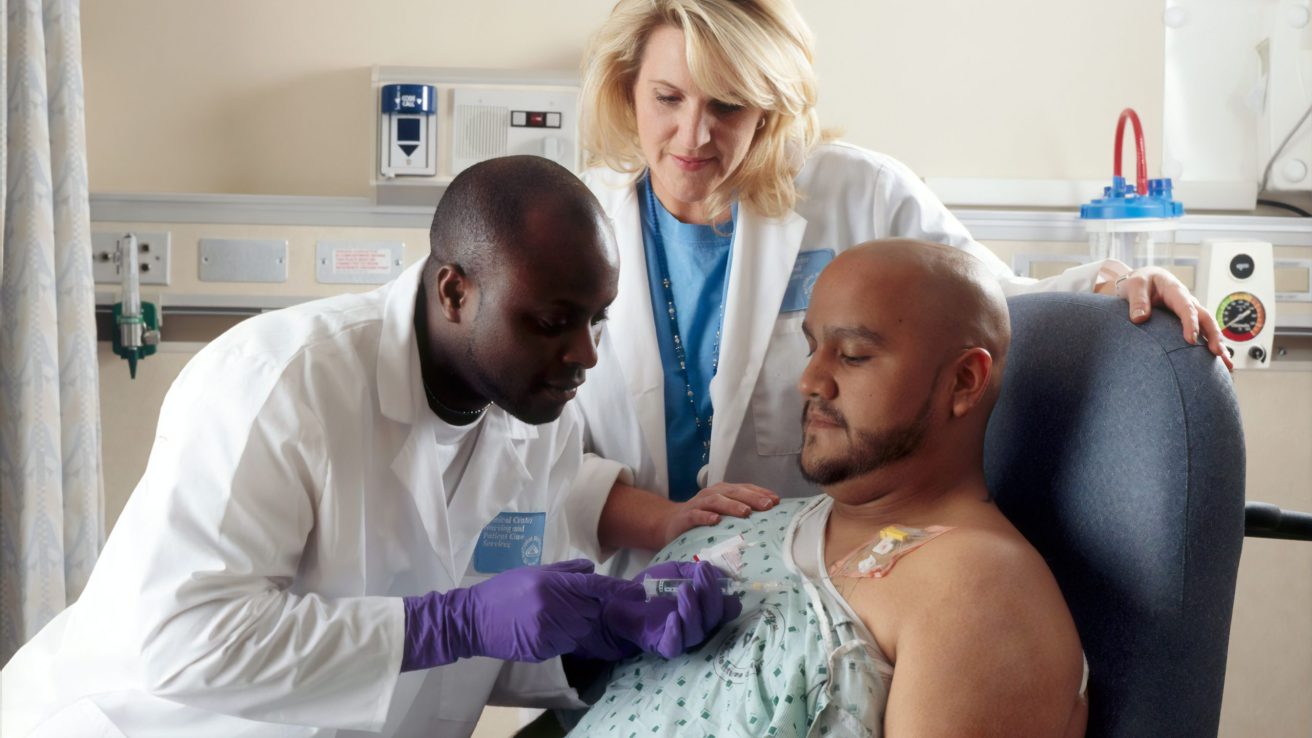TUESDAY, Oct. 13, 2020 — There are considerable racial- and ethnicity-based cancer health disparities in the United States, according to a report published online Sept. 16 by the American Association for Cancer Research.
John D. Carpten, Ph.D., from the University of Southern California in Los Angeles, and colleagues discussed cancer health disparities in the U.S. population, highlighting areas of progress in reducing cancer health disparities.
The authors note that the burden of cancer is not shouldered equally by all segments of the U.S. population, with African Americans having the highest overall cancer death rate of any racial or ethnic group. Disparities are seen in cancer screening rates, with the lowest colorectal cancer screening rates seen among Hispanics and the lowest breast cancer screening rates in American Indians/Alaska Natives. Cancer patients from certain racial and ethnic minorities and underserved populations are often less likely to receive the recommended standard of care; for some cancers, racial and ethnic disparities in outcomes could be eliminated if all patients had equal access to care. Furthermore, racial and ethnic minorities are underrepresented in clinical trials. Cancer health disparities could be overcome by enhancing diversity in training and in the cancer workforce and through science-based public policy.
“This inaugural and historic progress report will provide the world with a comprehensive baseline understanding of our progress toward recognizing and eliminating cancer health disparities from the standpoint of biological factors, clinical management, population science, public policy, and workforce diversity,” Carpten said in a statement.






